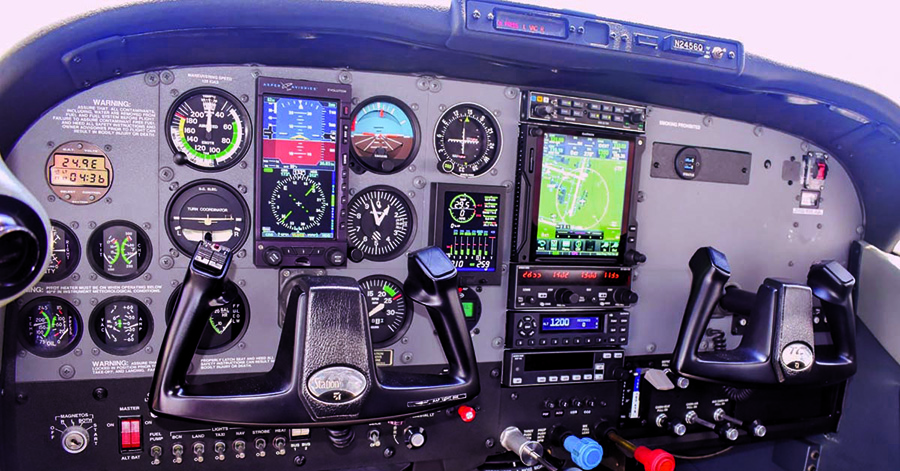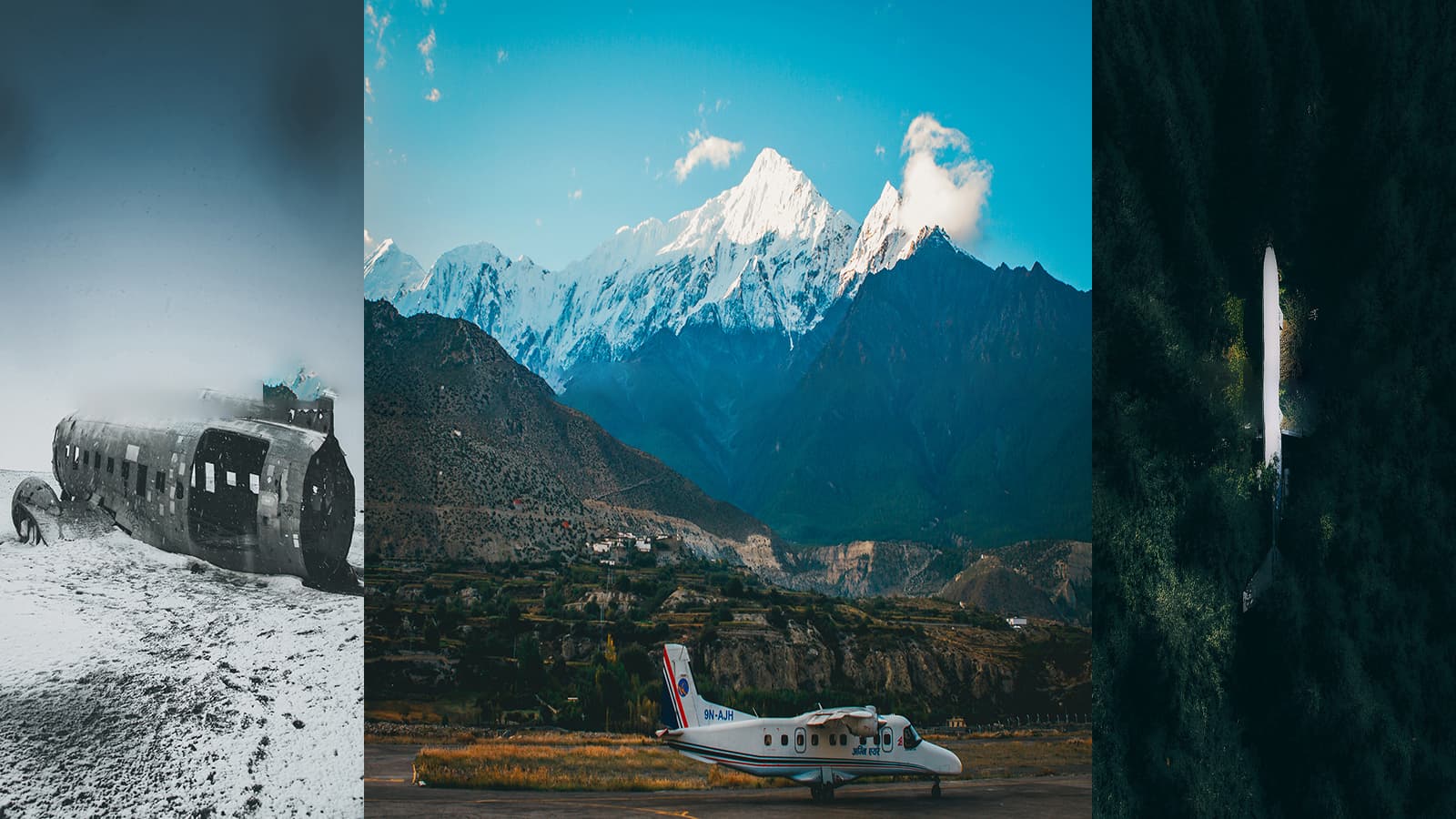Flight Crash in Nepal, Reasons and Resolution
Why plane and helicopter crashes frequently in Nepal, the reasons behind. An investigative report on causes and research based justification on how we can avoid being victim of the one.
The mishaps of flight crash in Nepal have become frequent in the last decade even though it was flown by the most experienced pilots, the weather is fairly good and all the safety measures are intact. The record after the year 2016 alone shows that 208 people have lost their life in flight crashes in Nepal. The record combines both international and domestic fleets which unfortunately crashed in different dates and locations inside Nepal. A total of 12 flight crashes took place from 2016 till the middle of July 2023 among which 2 were international flights, 6 were domestic flights and 4 were helicopter flights. Diving deeper into with crash site investigation team and tower operators while those incidents occurred we discovered the reason for the crashes are diverse and could have been optioned to safety in most of the cases.
The geographical situation of Nepal is a huge challenge for airspace safety during flight operations. The elevation of such a small country ranges from 59 meters to 8,849 meters in which most of the terrains are mountainous. It requires an absolute concentration, dedication, and very well-trained hands with daring souls to successfully fly an aircraft in Nepal. With more than 20 STOL (Short Takeoff and Landing) airfields, Nepal is a high-risk flight zone in terms of flight safety where go around is forbidden in most of such STOL airfields. Because of less accessibility of roadways and transportation facilities, the airports are built with limited resources. Those remote areas have only the option of connectivity as these small airports. Due to the underlying limits the airports in most of these regions are ALTIPORTS (An aerodrome for small airplanes and helicopters, located on or within mountainous terrain) that feature higher gradients and permits only one-way approaches. Due to the diverse topography of Nepal, the weather condition is unpredictable, and especially in the mountain region it changes suddenly from nice and clear visual meteorological conditions (VMC) to adverse weather conditions with clouds, heavy precipitation, and low visibility. A few times human errors are also blamed for the crashes even though the pilots were highly experienced. Slow and unclear communication between the tower and cockpit sometimes made the flight turn into a crash event losing the lives of innocent passengers and crew.

The use of advanced technology in the aviation industry of Nepal are slowly being adopted by pilots. Frequently the flights in remote areas of Nepal must fly in VFR (Visual Flight Rules) due to the lack of equipment making them vulnerable to face the problem of adverse and constantly changing climate conditions. (IFR) Instrument Flight Rules provide efficiency, additional safety, and usually consistent contact with air traffic control which helps to avoid most of the adversity while operating the flight. These days most aircraft operate under IFR while completing the entirety of the flight in VMC due to the efficiency provided by IFR flying as well as the safety of continuing to avoid bad weather. Just because you can fly in the clouds or less-than-acceptable weather under IFR doesn’t mean you should. So the flight operators in Nepal have a system of implementing both processes while flying. Though IFR alone is not enough in Nepalese airspace but it could have assisted the pilots and operators by allowing an aircraft to depart in weather that is less than required for VFR, and enter the clouds once the IFR clearance has been received and it also allows pilots to get above the clouds to smoother air, above terrain and obstacles, and above much of the traffic.

Story set on how tricky it is to avoid Flight Crash in Nepal:
An actively flying domestic aircraft pilot Bikram Singh Thapa(Name Changed) claims that the governing policy and operating protocol of flights in Nepal is equally weak as the fleets. He adds that the fleets which are brought to Nepal for flights are mostly used aircraft bought by the local flight operators. The government makes no comments before any fleets are introduced to the Nepalese sky and it only makes minimal moves after any accident happens where many lives would have already been lost. According to Mr. Thapa most of the local flight operators make a profit by risking the lives of passengers and crew themselves. The attention and amount given for the regular maintenance of aircraft are less than minimum because of which the staffs who are involved in regular aircraft checkups are less motivated on their task making their work less effective. He also claims that just to make more money flight operators keep less qualified pilots, ground handlers, engineers, and crews. They have even influenced the government’s flight safety policy and rules to be in favor of their reckless and hazardous fleet operations. Flight crash in Nepal is a serious matter to be studied further and operated with highly experienced pilots only.
How We Nail it Down:
As per our regular observation, there are very few flight operators and companies who operate their flights by following optimum safety protocol and proper guidelines to avoid possible mishaps. Nepal is a poor country the flight business here uses the weak points of safety regulations as weapons to make more money. It is very hard to find genuine flight operators who care about passengers’ safety and successful flight to their destinations. It is in the hand of your trip organizers in Nepal which selects the flight operators to be involved in your flight if any. Getting into the nerves of flight operators, their management and the fleets itself is the foremost things to be considered before making any flight decision in this country. Our regular trip operation practice has been able to successfully complete any trips that include flights without any glitches as we testify fleets for their high altitude readiness, makers, and year built. Then with careful observation of their scheduled maintenance approaches and flight handlers, we decide on which flight to proceed the customers with. Wise caution has always helped us avoid mishaps in real and we urge any travelers to see the rightful, credible, and trustworthy trip operators just to make sure of safety during the trip. We omit every possible clues hinting flight crash in Nepal which includes official SOP’s for fleet selection, Pilot In-charge bio and current weather data for each flights involved.
